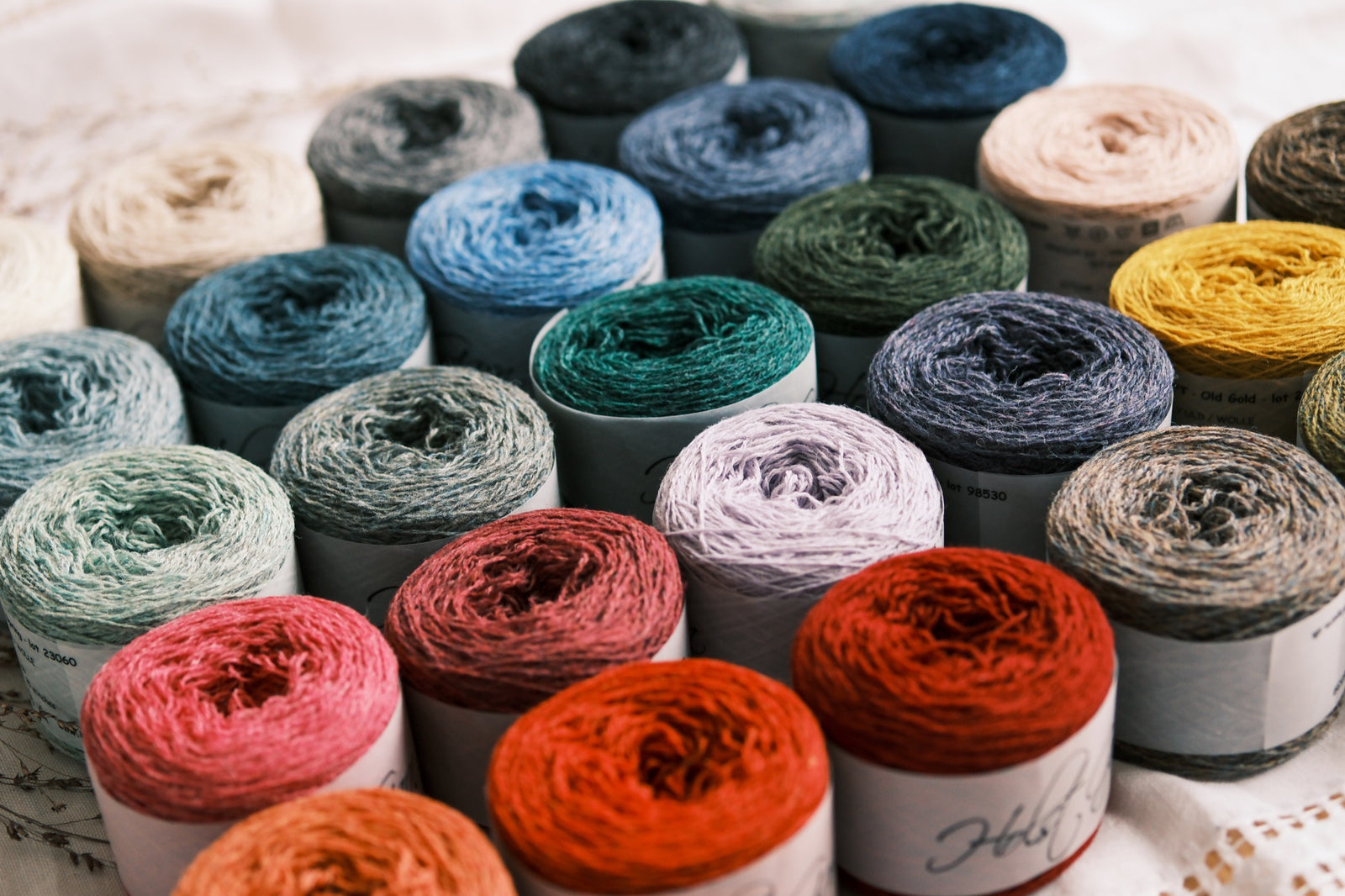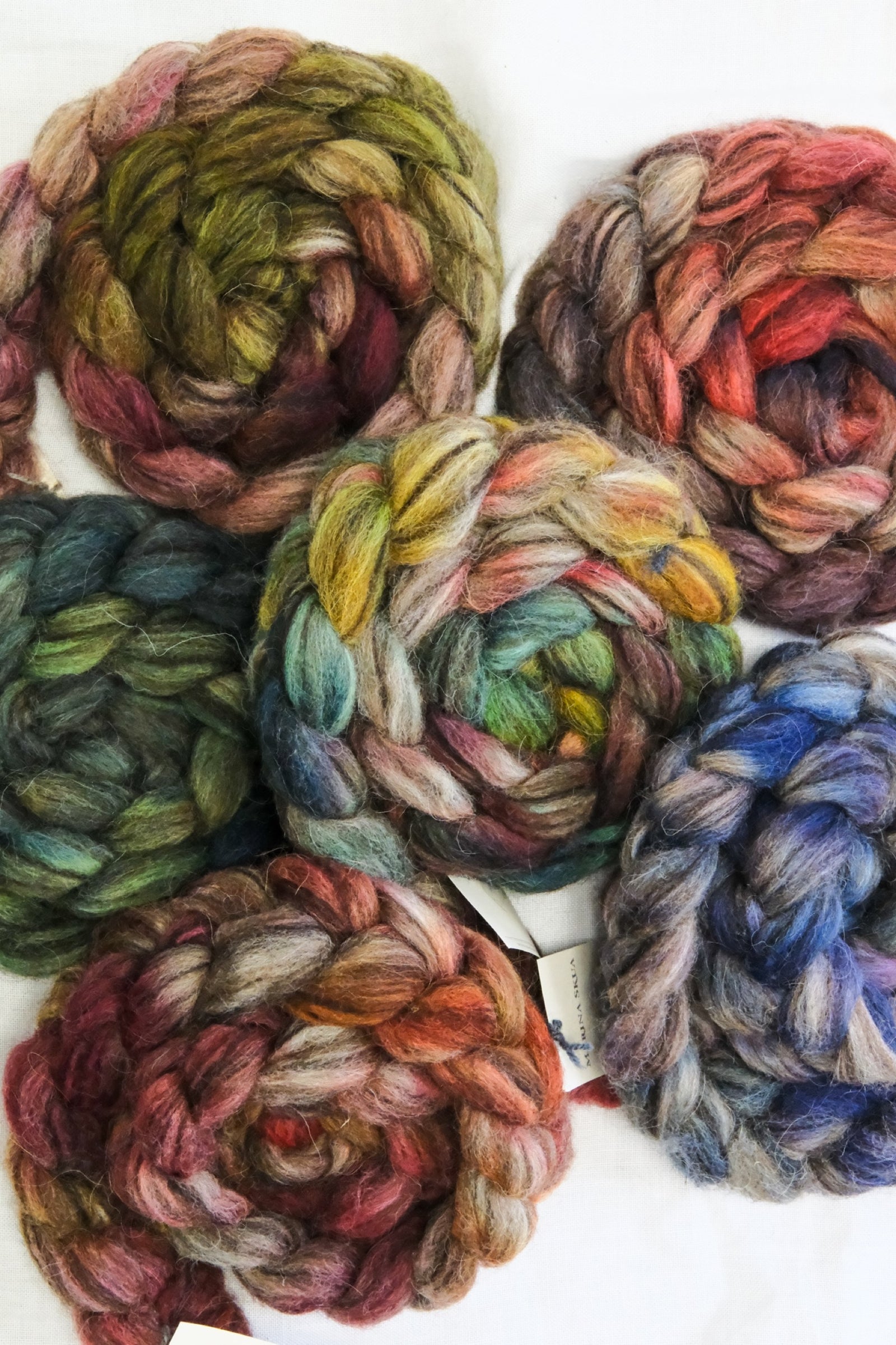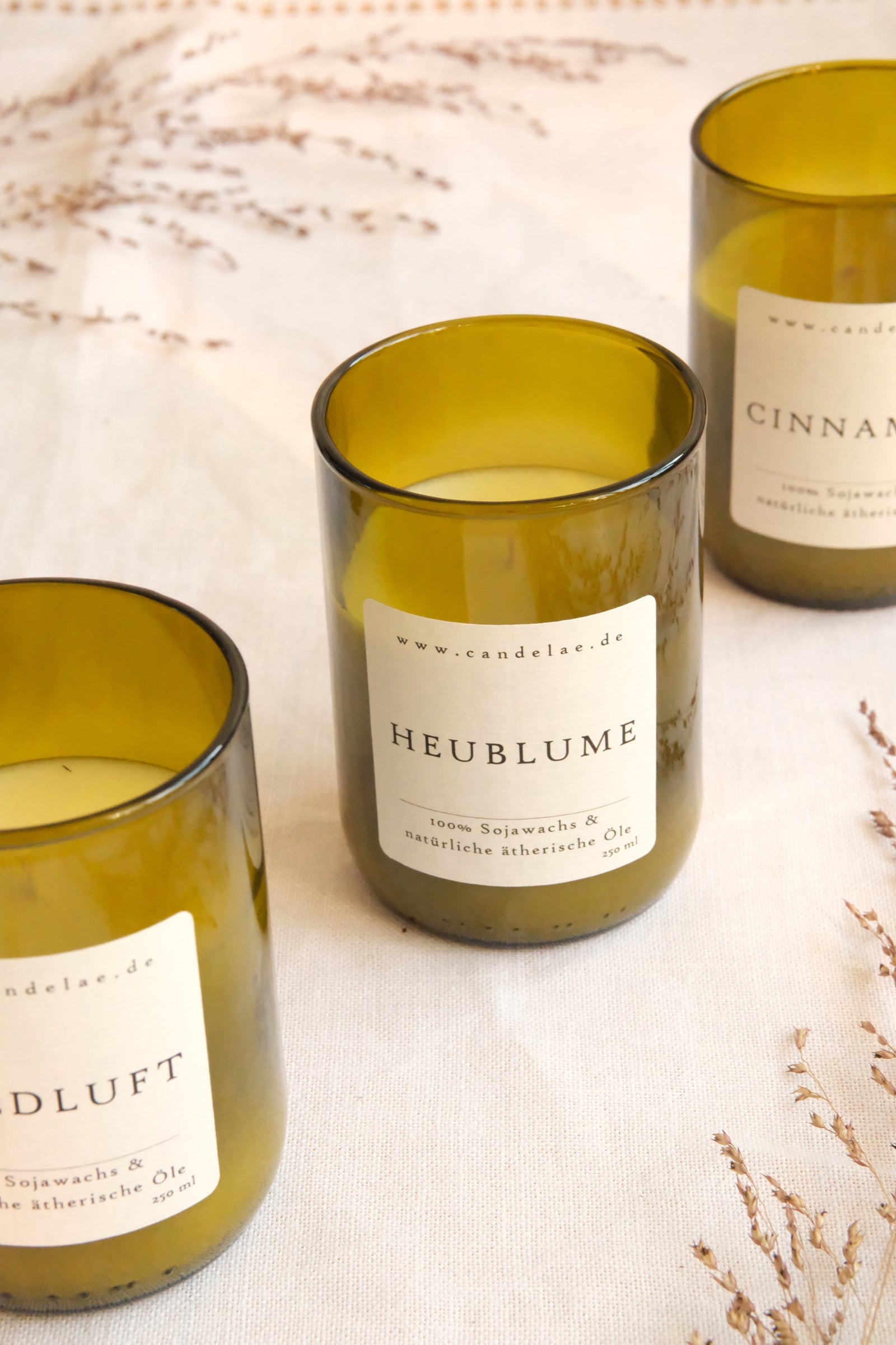Your Cart is Empty
Free Shipping on orders over €75 (Germany) | €125 (International)
Free Shipping on orders over €75 (Germany) | €125 (International)
Spinning Fiber
Notions & Gifts
Books, Magazines & Patterns
- Annika Scheer | Rosemary & Pines Fiber Arts
- Ayano Tanaka
- Barbara Gottwik
- Crystal Hiatt
- Elena Solier Jansà
- Emily Joy Rickard
- Emma Ducher
- Fiona Alice
- Fiona Munro
- Imke von Nathusius
- Jennifer Brou
- Jill Thompson Beach
- Joan Forgione | Paper Moon Knits
- Julia Exner
- Kjerstin Rovetta
- Ksenia Naidyon | Life is Cozy
- Madeleine Renarde
- Makenzie Alvarez
- Making Stories
- Maria Muscarella
- Marina Skua
- Marthe Forodden
- Rebekka Mauser
- Renate Kamm
- Susan Schädler
- Tania Dejoie
- Valentina Cosciani
- Vanessa Pellisa
- Annika Scheer | Rosemary & Pines Fiber Arts
- Ayano Tanaka
- Barbara Gottwik
- Crystal Hiatt
- Elena Solier Jansà
- Emily Joy Rickard
- Emma Ducher
- Fiona Alice
- Fiona Munro
- Imke von Nathusius
- Jennifer Brou
- Jill Thompson Beach
- Joan Forgione | Paper Moon Knits
- Julia Exner
- Kjerstin Rovetta
- Ksenia Naidyon | Life is Cozy
- Madeleine Renarde
- Makenzie Alvarez
- Making Stories
- Maria Muscarella
- Marina Skua
- Marthe Forodden
- Rebekka Mauser
- Renate Kamm
- Susan Schädler
- Tania Dejoie
- Valentina Cosciani
- Vanessa Pellisa

Our current Issue 11
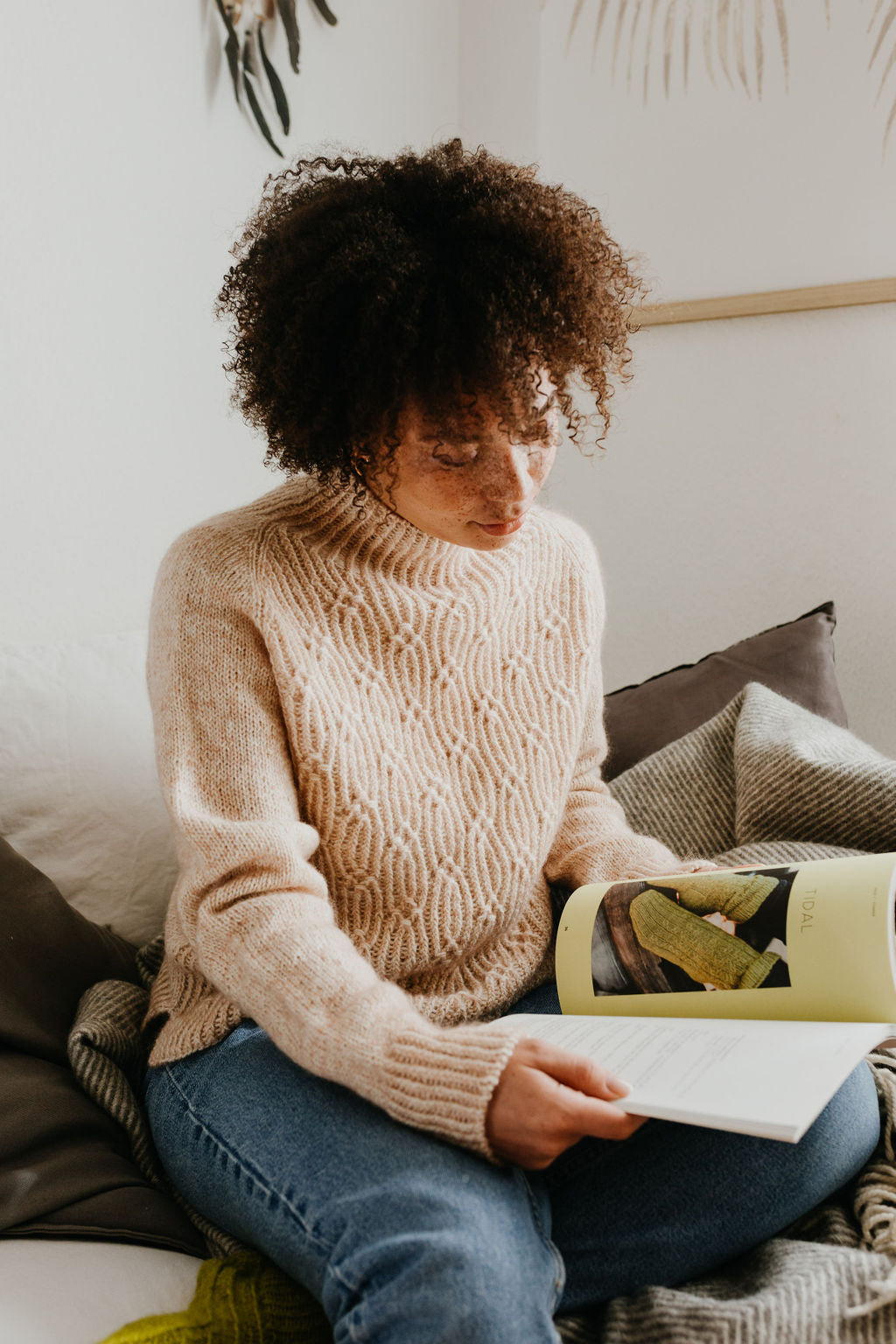
All Books & Magazines
About Us
We're here to help you stitch sustainability into every aspect of your making.
With our carefully curated selection of non-superwash, plastic-free yarns and notions, we have everything you need to get started on your next project - and the one after that.
Here's to a wardrobe of knits we love and want to wear for years to come!
We're here to help you stitch sustainability into every aspect of your making.
With our carefully curated selection of non-superwash, plastic-free yarns and notions, we have everything you need to get started on your next project - and the one after that.
Here's to a wardrobe of knits we love and want to wear for years to come!
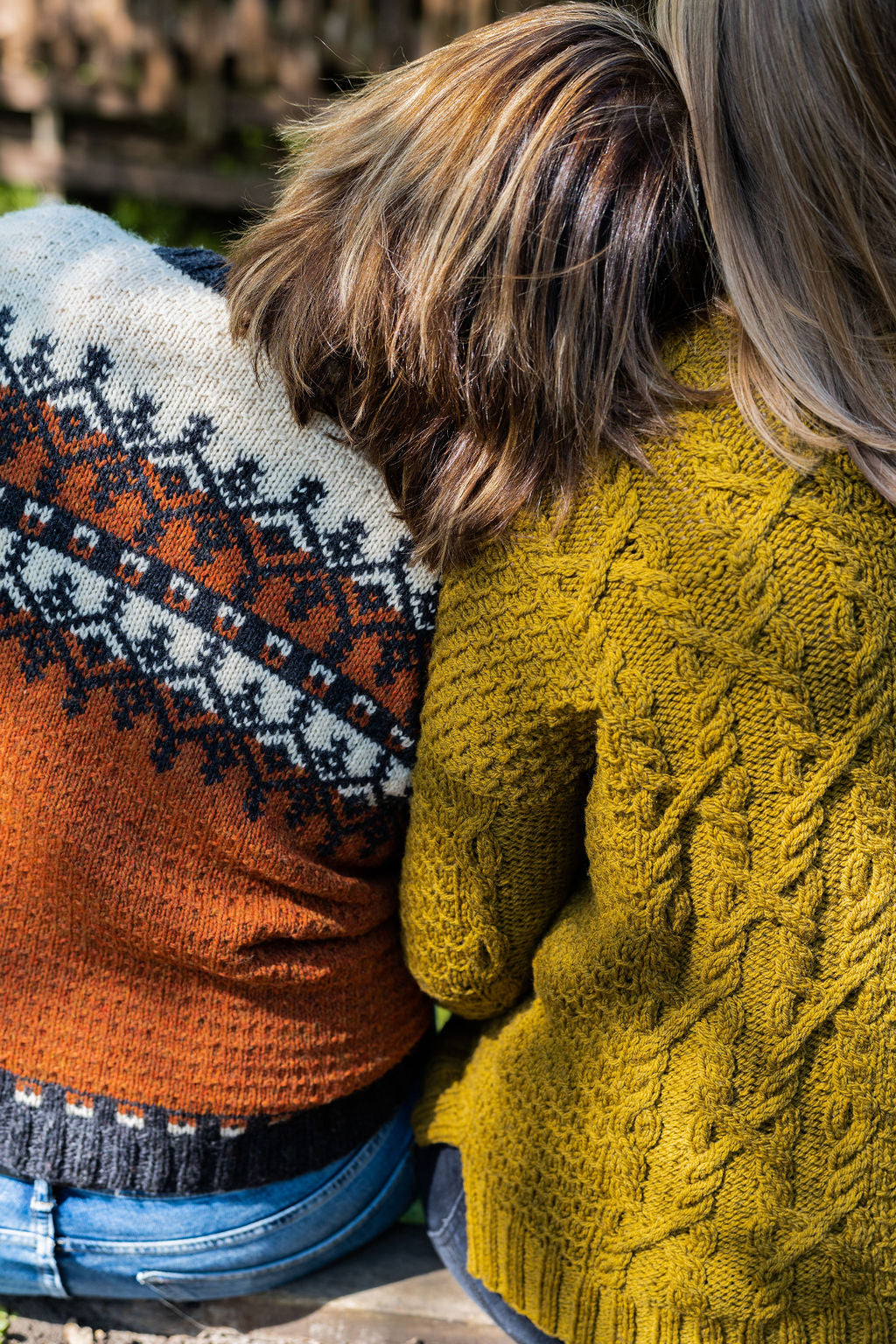
Our Sustainability Pledge

Our Blog
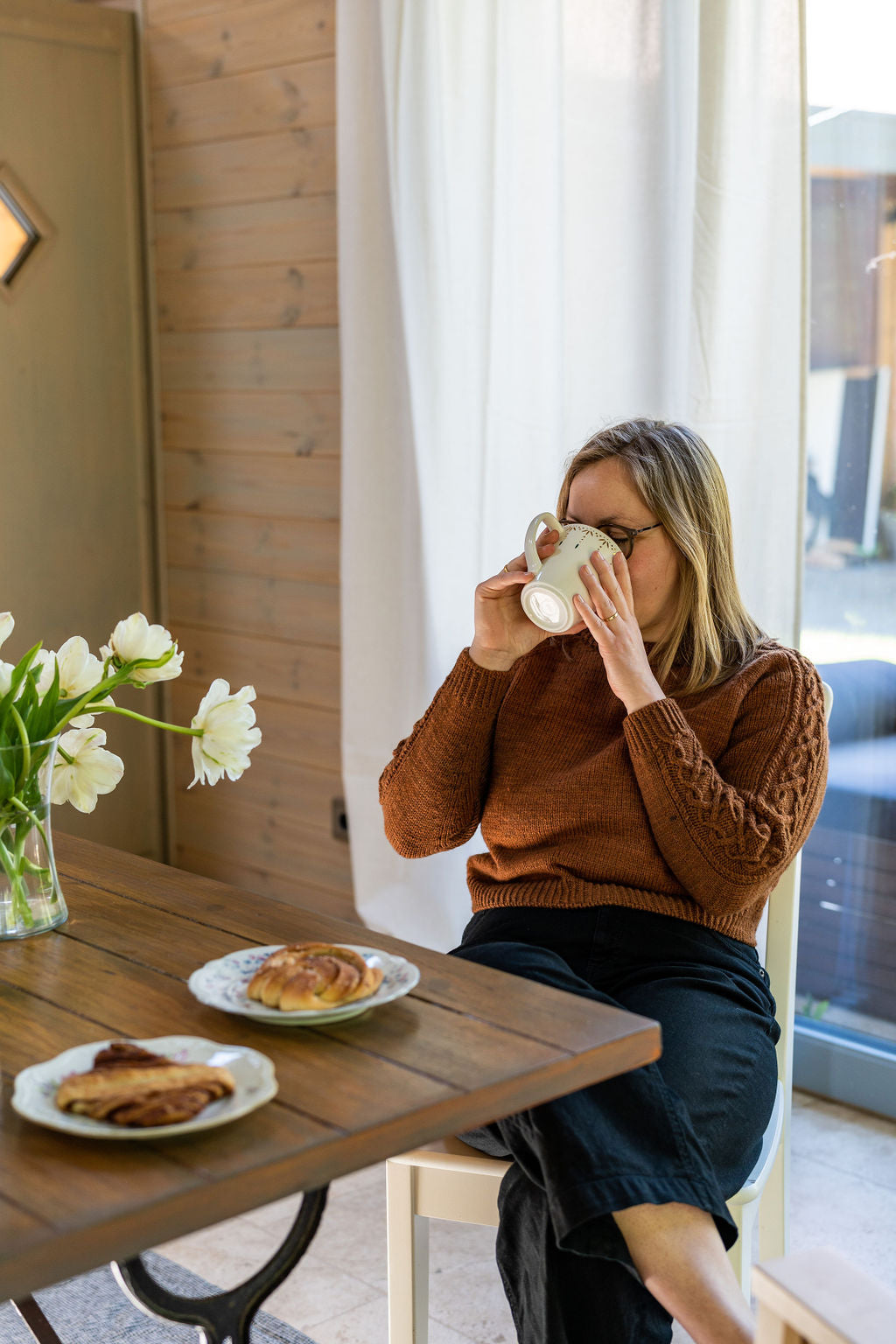
Our Podcast
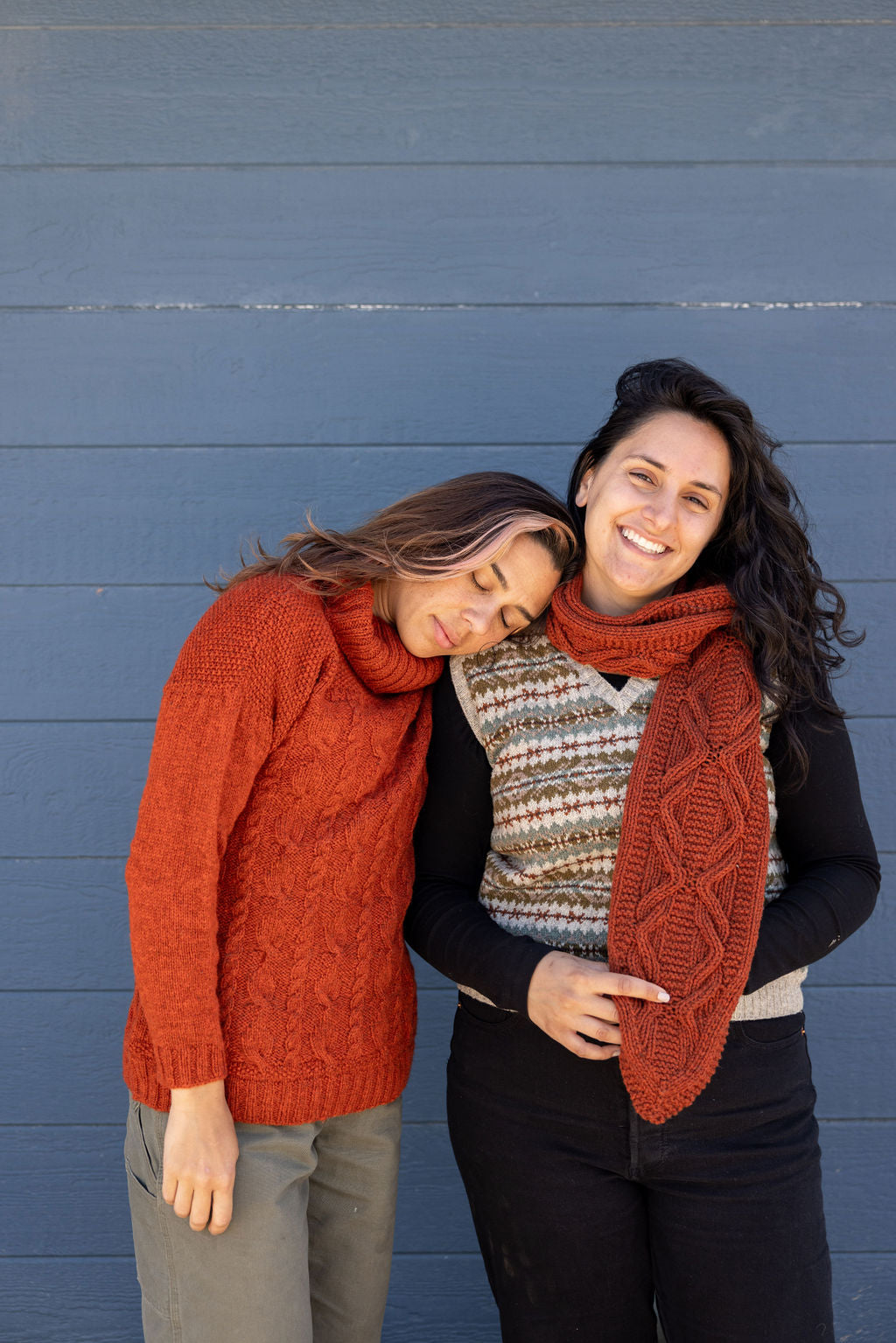
The Making Stories Collective
Meet Our Designers From Issue 3!
March 25, 2020 4 min read
It's finally here - Issue 3 is live, and we could not be more excited to share it with you! To celebrate, we thought it would be fun to explore some of the designs in Issue 3, exploring their journey from swatch to finished sample.
Issue 3 centres around the theme of Growth and our designers have been kind enough to share a few words about how this influenced their work, and where else they draw inspiration.
Sari Nordlund - Unfolding

"I draw inspiration from my Nordic heritage and minimalistic Scandinavian design. I love creating timeless classics, because knitting is a slow process, so I want to make sure what I create is worth the effort. For this design I was playing around with the contrast between simple and complicated: How simple ribbing turns into lace and the contrasts between knit and purl rows, or complicated lace and simple rows of eyelets.
I wanted to create a triangular shawl that is started at the wider side and worked until the peak of the shawl. This way all the hard (and fun) work is done at first and the rows become shorter, quicker and easier as the shawl grows (kind of like with top down pullovers, you do the yoke first and then the rest is just smooth sailing).
The beginning of the shawl is knitted with twisted rib followed by a Japanese lace inspired section of triangular motifs and fan lace. I see little mountain peaks and flowing water in the lace pattern. After the lace border the rest of the shawl is knitted in elongated garter stitch with stripes of eyelet lace. I like adding tassels or pompoms to the corners of the shawl I knit to add them some extra length and movement. I enjoyed working with Garthenor number 1, because of its natural rustic feel and good stitch definition."
Nataliya Sinelshchikova -
Espalier

"When I design knitwear most of the times the inspiration comes from certain construction, technique or pattern. When I was designing Espalier pullover I was carried away by slip stitch colourwork technique. I wanted to create a good fitting garment where all the attention is drawn to the colourwork parts on sleeves and body. This technique creates an illusion of a lace layered on top of the main knit fabric."
Stephanie Earp - Petole
 "I think this was a case of the right brief at the right moment! I was rediscovering my love of Estonian lace increases when I saw the call for submissions, which mentioned using a specific technique as a jumping off point. I learned a lot of Estonian lace techniques from knitting shawls on tiny needles, but I thought it would be fun to take those ideas and transpose them to a classic yoke sweater, blowing up the gauge to make for a faster knit.
"I think this was a case of the right brief at the right moment! I was rediscovering my love of Estonian lace increases when I saw the call for submissions, which mentioned using a specific technique as a jumping off point. I learned a lot of Estonian lace techniques from knitting shawls on tiny needles, but I thought it would be fun to take those ideas and transpose them to a classic yoke sweater, blowing up the gauge to make for a faster knit.I tried to make sure I only used as many nupps as the average knitter would actually enjoy making. They are an essential element of many Estonian lace designs, but are often skipped because they are a challenge to knit. My advice? Sharp pointy needles and keeping a relaxed gauge!"
Valentina Cosciani -
Cattedrale

"My name is Valentina and I live in Trieste (Italy) with my husband Paolo, my two sons Leonardo and Riccardo, and our cats Strudel and Alex: I spend most of my time designing my patterns and teaching people how to knit.
My dear grandmother taught me how to knit when I was a little girl; she helped form my taste in knitwear and even today she continues to be a source of inspiration for me. She taught me to love knitting, fairytales and good food!
In designing my patterns I always try to achieve clean lines with little details that make the difference."
Vanessa Pelissa -
Pale Shelter

"Pale Shelter was inspired by the idea of creating pockets of stillness and calm in our lives, a cocoon in the form of a sweater. It's a top-down seamless A-line sweater featuring biased front and back panels that hang from a classic round yoke. The sleeves can either be worked as slim or bishop sleeves. A set of short rows is worked to elongate the back and a series of decreases and increases and shape the cocoon from the underarm to the waist for the back to widen and embrace the body like a big hug.
Also, this was the first time I submitted a design to a magazine. I was very hesitant at first since I'm a tech editor and felt very insecure to put my personal work and designs out there. But I am so happy that I went with my gut and jumped at this opportunity. It is quite the irony that a cocoon of a sweater helped me break mine, step out of my comfort zone and venture the world!"
Claire Walls - Northbound

"For Northbound, I wanted to explore the idea of Growth from the concept of having space in which to grow. Glasshouses were an early inspiration, as was the idea of comfort - being comfortable in your own skin and having the mental and physical space to grow.
This led me to boxy shapes that give freedom to move but paired with cosy details like a tapered arm and shawl collar. My on-going love of twisted stitches gave me the all-over texture I was looking for, but by separating the columns, I could also give the design its own space to grow."
Leave a comment
Comments will be approved before showing up.
Also in Blog

How to get started with spinning
May 16, 2024 5 min read
Spinning yarn can seem a daunting craft, requiring arcane tools and techniques, but the fundamentals are simple. It is about adding twist to fibre, which gives it the strength to not pull apart. Most preparations of fibre will require drafting – that is, continuously pulling the fibre so fewer strands (or staples) are twisted together to make a thinner yarn. Drafting and adding twist are all that are needed to make yarn.
You might hear about woollen and worsted spinning, and the long- and short-draw methods associated with them. While interesting, and good to understand when improving your skills, the beginner spinner doesn’t need to worry overmuch about these terms.
We’re going to look at the tools and fibre you’ll need before you start spinning yarn.

What’s the difference between combed top, roving, batts and rolags?
May 08, 2024 5 min read
Learning to spin yarn comes with a huge array of new jargon, and a lot of these terms relate to how the fibre is prepared. Whether animal or plant fibre, there is a variety of ways it can be processed from raw material into something you can spin into yarn.
We’re going to look at some of the common formats available to hand spinners, what their characteristics are and the kind of spinning techniques they’re suitable for.

6 Joyful Spring Knitting Patterns - My Current Favorites!
April 10, 2024 4 min read
Hi lovelies! Spring has sprung here in Berlin – as I am typing this (mid March), the buds on the chestnut tree out the window are a few days away from bursting, the forsythias are in full bloom, and our strawberry plants have started their comeback as well (leaves so far, but Aurin checks every day for berries :)).
So it's no surprise at all that today's blog post is very much inspired by the sun and the warmer days to come! I have put together a sweet roundup of 6 joyful spring knitting patterns, all of which I'd love to have on my needles soon. (If someone can get me an extra day or two per week to knit (oh, and to spin), I'd love that!)
The three yarns I've paired them with are my favorite spring / summer yarns: De Rerum Natura's Antigone, a delightful sport-weight linen yarn, Wooldreamers' Saona, a 50% Spanish cotton, 50% Spanish wool blend, and Natissea's Pernelle, our newest spring yarn: A 100% European hemp yarn!
Who Is Making Stories?
We're a delightfully tiny team dedicated to all things sustainability in knitting. With our online shop filled with responsibly produced yarns, notions and patterns we're here to help you create a wardrobe filled with knits you'll love and wear for years to come.
Are you part of the flock yet?
Sign up to our weekly newsletter to get the latest yarn news and pattern inspiration!
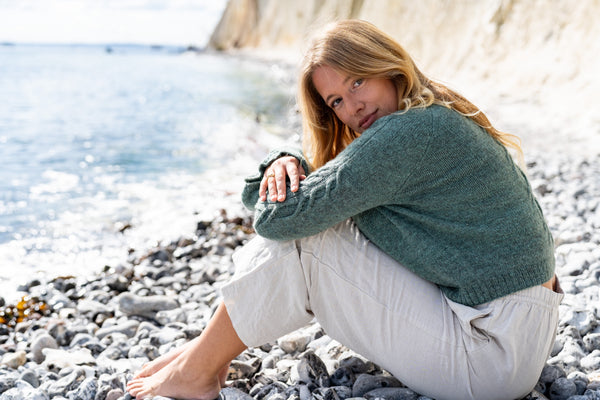
Join the Making Stories flock!
Every Tuesday our newsletter arrives in your inbox, full to the brim with Making Stories goodness. If you would like to join in on the fun, fill in the form below.
As a thank you, we gift you a digital publication of your choice!

